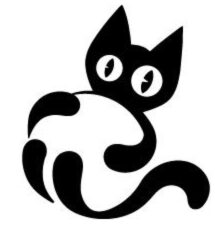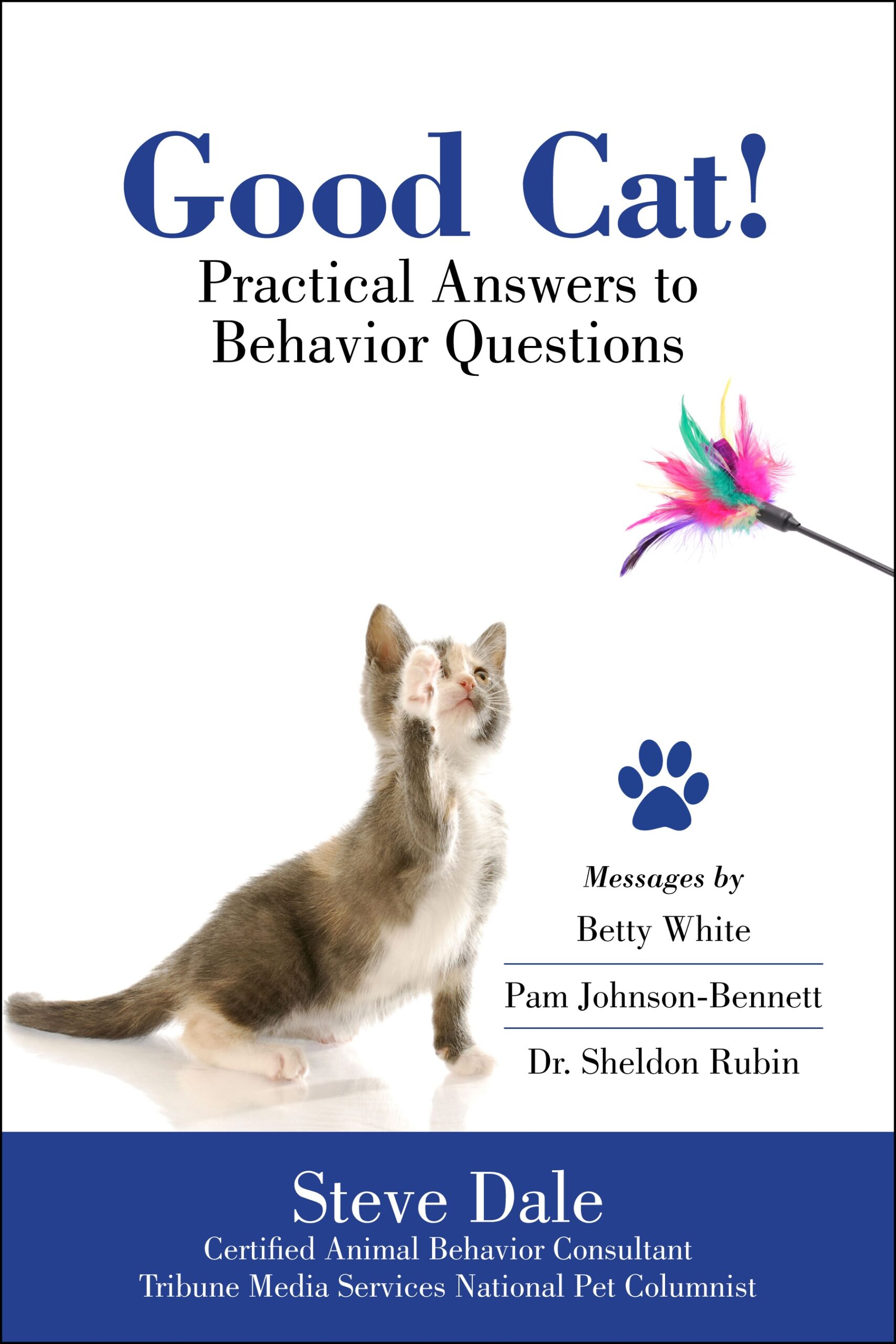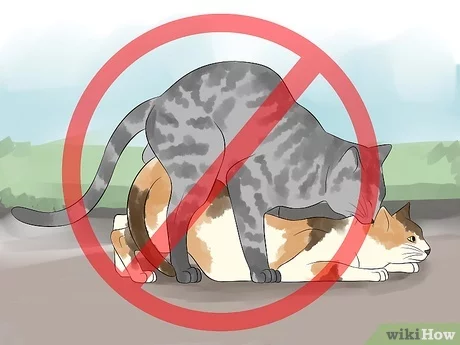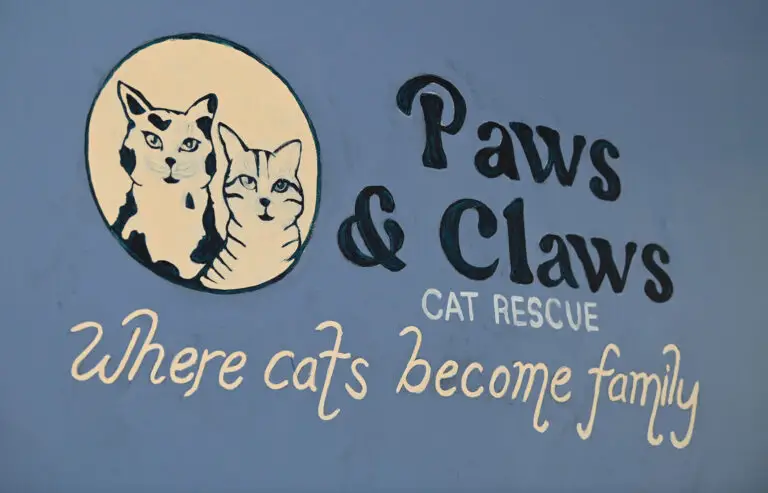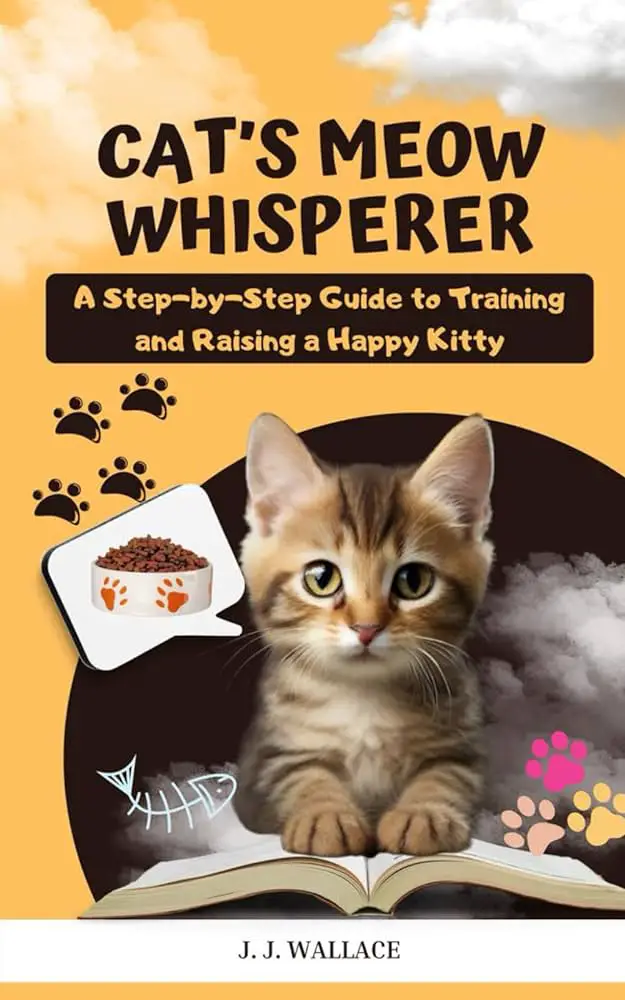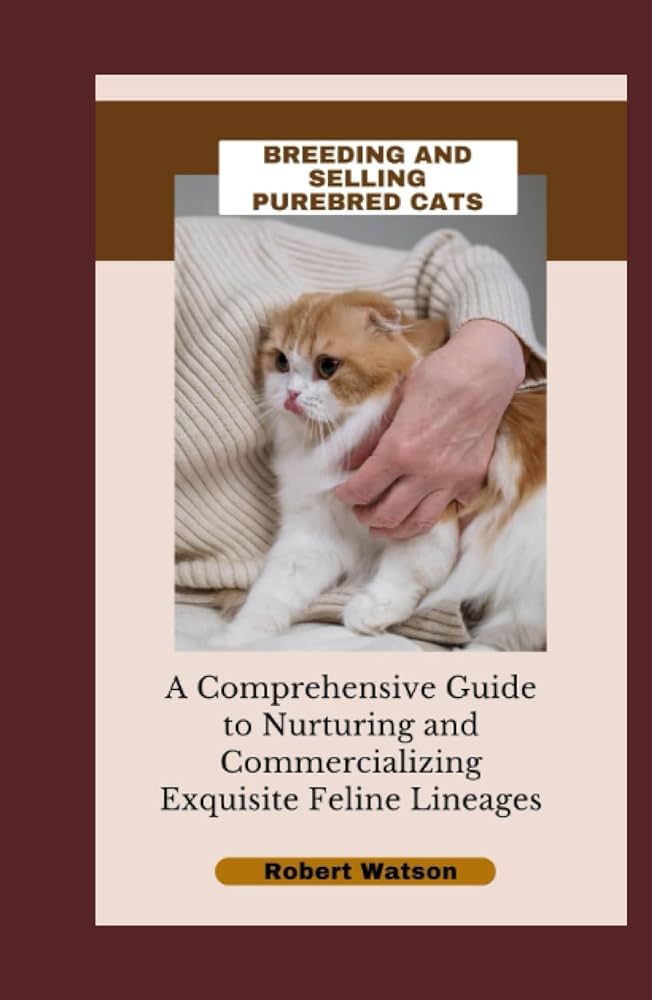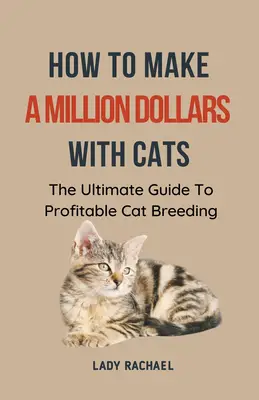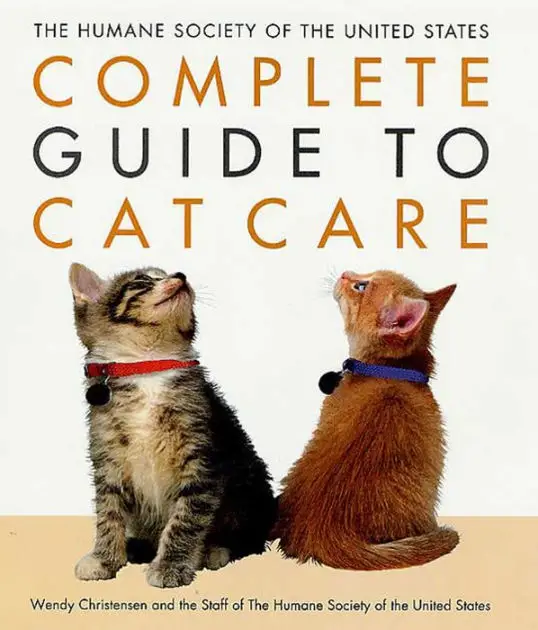Delving Deep into the World of Pedigree Cat Breeding
For many animal lovers, the allure of a pedigree cat is unmistakable. The breeds are as varied as they are fascinating, each with their own traits and histories that captivate owners and enthusiasts alike. With a rich tapestry of breeds developed over centuries, pedigree cat breeding is a field that combines art, history, and genetics in a particularly compelling way.
In this post, we will explore the inner workings of the pedigree cat breeding world, taking a closer look at its history, the breeding process, the role of cat shows, ethical concerns, and the future of pedigree cat breeding.
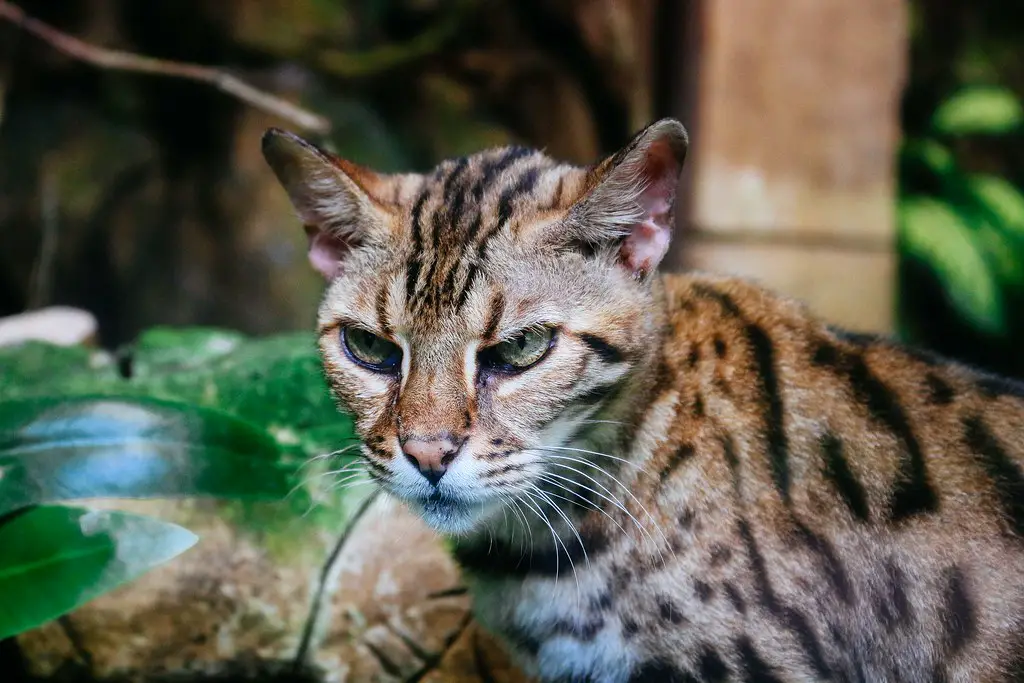
The Basics of Pedigree Cat Breeding
Understanding pedigree cat breeding starts with a grasp of the core concepts. A pedigree cat is one whose lineage can be traced back over multiple generations and is certified by a recognized cat registry. The interplay of genes over time has led to the wide diversity of breeds we see today, with each breed having unique standards for appearance and behavior.
The Genes Behind the Breeds
Genetic mutation, selective breeding, and sometimes fortuitous accidents have all played a role in creating distinct cat breeds. From the short legs of the Munchkin to the sleek coat of the Siamese, physical attributes are the visible markers of lineage. However, temperament also factors into breed characteristics, with some breeds known for their sociability and others for their independence.
The Registry’s Role
Cat registries maintain the genealogies of pedigree cats, providing a paper trail to verify a cat’s breed and lineage. For a cat to be considered a pedigree, it must be registered with one of these organizations, such as The International Cat Association (TICA) or the Cat Fanciers’ Association (CFA). The registration process is exacting, requiring meticulous documentation and, in some cases, genetic testing to ensure purity of breed.
The History and Evolution of Pedigree Cat Breeds
The history of pedigree cat breeding is a story of human intervention shaping feline form and function. Many popular breeds have relatively recent origins, while others, like the regal Siamese, boast pedigrees that stretch back centuries.
Origins in the Exotic
The ancestors of modern pedigree cats come from all corners of the globe, with each region contributing to the genetic pool. For example, the Persian cat is widely believed to have originated in ancient Persia (modern-day Iran) before being refined into its current form in Europe.
Milestones in Breed Development
Key moments in breed development mark the path of pedigreed cats. The creation of the British Shorthair is a prime example, emerging from the domestic cats of Rome and the wild cats of Britain. In the 19th century, the breed was carefully developed, leading to the establishment of stringent breeding standards and recognition.
Understanding the Pedigree Cat Breeding Process
The process of breeding pedigree cats is multifaceted, involving careful planning, record-keeping, and adherence to breed standards. Breeders play a pivotal role in stewarding the health and continuance of their chosen breeds.
Selective Breeding for Excellence
Pedigree cat breeding begins with a clear vision of what the ideal specimen of a breed should be. Breeders select parent cats with characteristics that complement and refine each other, working toward the breed’s ideal type with each generation.
Health Concerns and the Breeder’s Responsibility
The pursuit of aesthetic perfection must be balanced with the imperative to maintain the health of the breed. Some breeds are prone to genetic disorders, a result of a limited gene pool or the expression of mutations favored in the breed standard. Responsible breeders mitigate these risks through screening programs and careful consideration of genetic diversity.
The Role of Cat Shows in Promoting Pedigree Cats
Cat shows are a celebration of pedigree and an opportunity for breeders to showcase their accomplishments. These events are an important platform for educating the public and setting breeding goals.
Standard Bearers
The judging at cat shows is based on breed standards set by registries. These standards define the ideal qualities of a breed, encompassing physical features, temperament, and more. Winning at a cat show is a mark of how closely a cat embodies its breed’s standard.
Public Relations and Outreach
Cat shows also serve as an introduction to pedigree breeds for the public. Spectators can learn about rare and unfamiliar breeds, potentially sparking an interest in future ownership. Responsible breeders use shows as an educational tool, teaching attendees about the complexities and joys of pedigree cats.
Challenges and Controversies in the Pedigree Cat Breeding World
Like any field, pedigree cat breeding is not without its challenges. Controversies over breeding practices, health concerns, and the fine line between stewardship and exploitation have all been points of contention.
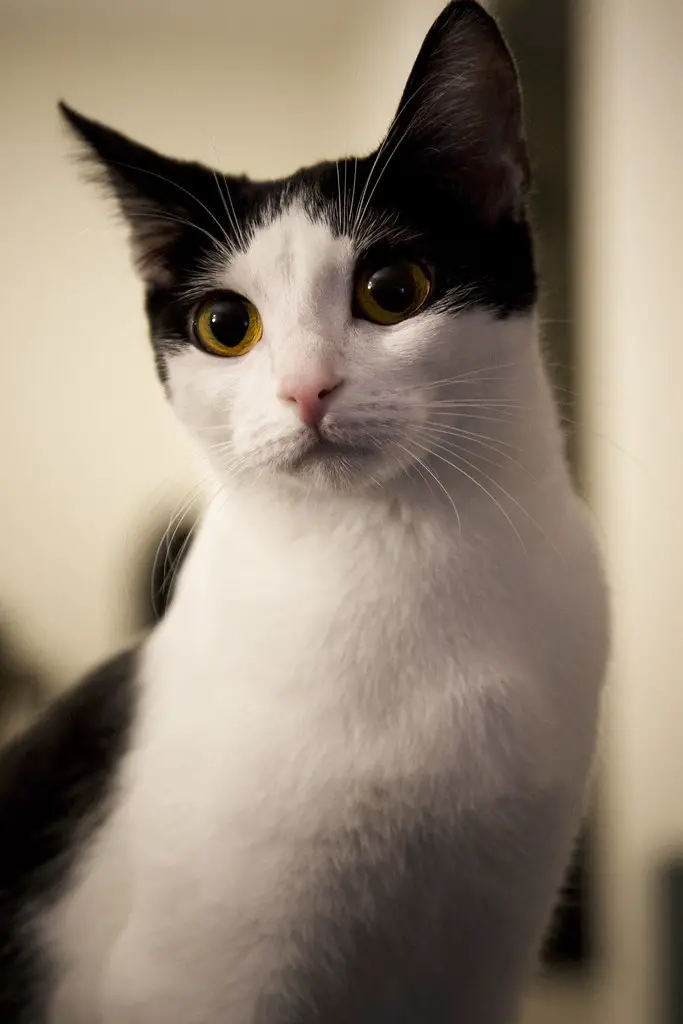
The Debate on Extreme Breeding
Some breeds are famous for their exaggerated features, such as the flat faces of the Persian or the folded ears of the Scottish Fold. Critics argue that these traits can lead to serious health issues. The debate highlights the ethical quandary breeders face in balancing the appeal of unique physical characteristics with the welfare of the animals.
Puppy Mills and the Cat World
Analogous to the controversy surrounding dog breeding, there is a concerning presence of “kitten mills” that focus on volume and profit rather than the wellbeing of the cats. The high stakes and market demand for certain breeds can incentivize unethical practices, which responsible breeders are quick to condemn.
Ethical Considerations for Pedigree Cat Breeders and Buyers
Ethical breeding and ownership are intertwined. Careful selection of a breeder and a thorough understanding of the commitments of pedigree cat ownership are critical for ensuring a positive experience for both cat and owner.
Choosing a Breeder
Prospective owners should seek out responsible breeders who prioritize the health and socialization of their cats. A quality breeder will be transparent about their practices, welcome questions, and provide health guarantees for their kittens.
A Covenant of Care
Buying a pedigree cat comes with the responsibility of providing for its individual needs. Some breeds require special grooming, while others are predisposed to certain health concerns. Understanding these factors is essential for providing a fulfilling and healthy life for one’s cat.
The Future of Pedigree Cat Breeding: Trends and Innovations
Pedigree cat breeding is an evolving field, with trends and innovations that reflect the changing values and knowledge of the community. The future promises to be shaped by a commitment to improving breed health and diversity.
Trends Toward Health and Diversity
There is a growing movement within the pedigree cat community toward breeding for health and temperament rather than extreme physical traits. This trend is exemplified by the development of new breeds, such as the Toybob, which aims to capture the essence of wild cats in a smaller, domestic form.
Incorporation of Technology
Genetic testing and assisted reproductive technologies are becoming more prevalent in the breeding world. These tools offer breeders the ability to make more informed decisions about pairing cats and can be instrumental in addressing concerns about genetic disorders.
Conclusion: The Beauty and Complexity of Pedigree Cats
Pedigree cat breeding is not a pursuit for the casual enthusiast. It requires dedication to preserving the characteristics and continuing the lineage of cherished breeds. The careful work of breeders, in concert with the devotion of cat owners, ensures that the legacy of pedigree cats will endure, and their unique beauty and charm will be appreciated for generations to come.
